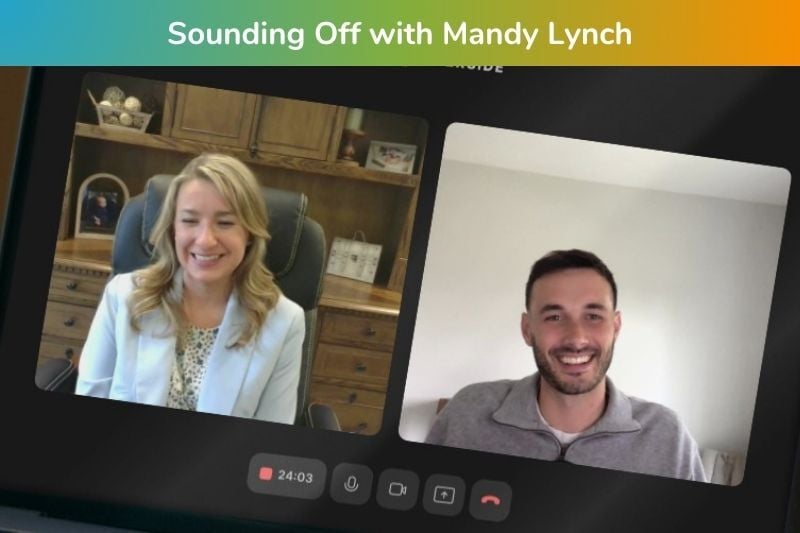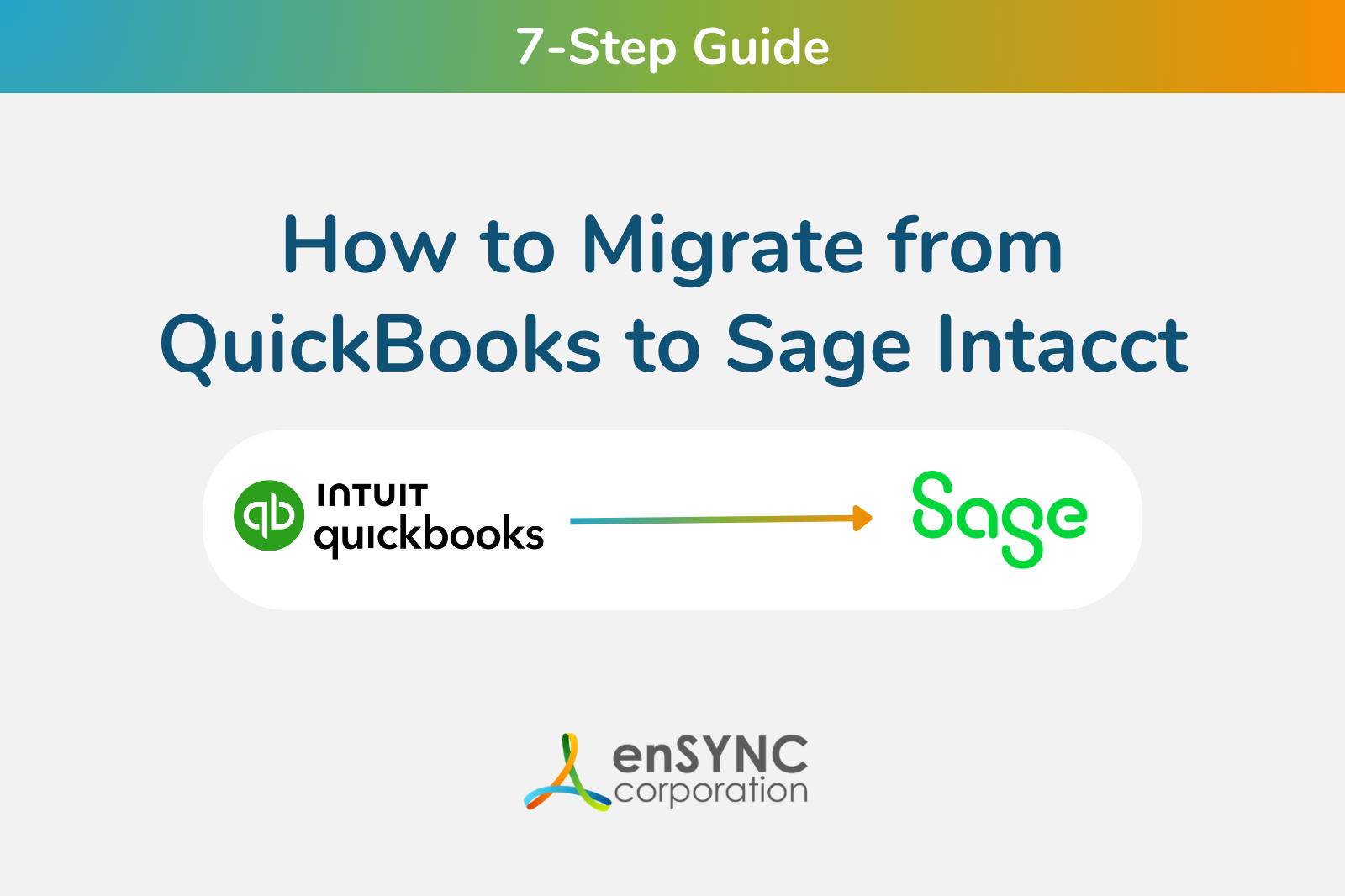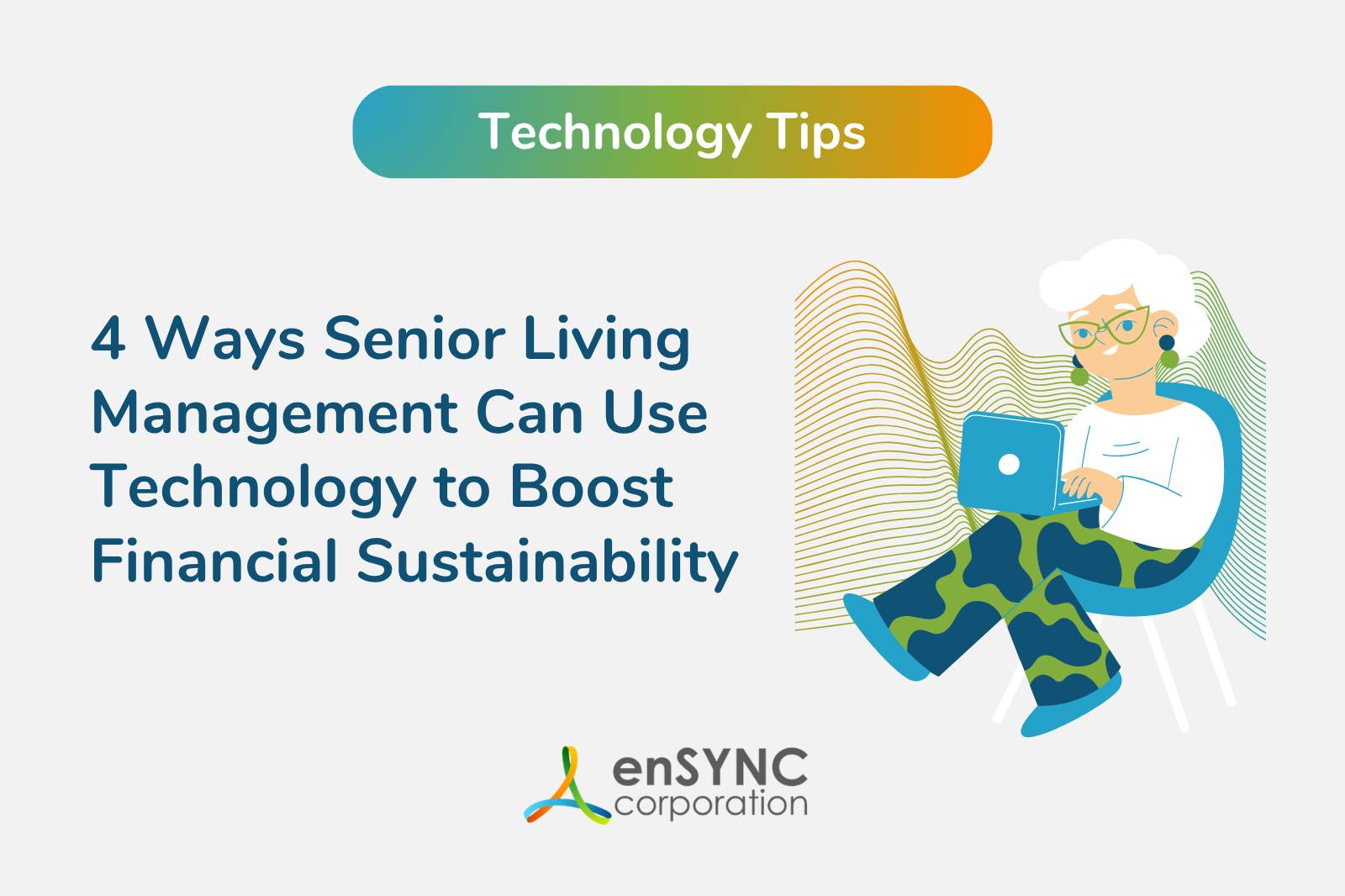Software solutions | Nonprofits & associations | Member engagement
7 Benefits of Professional Membership Management Software
June 15, 2021
|
Professional membership management software is an investment that helps nonprofits, trade organizations, and member-based organizations do more in less time so they can focus on their mission.
The benefits go above and beyond storing contact information and tracking donations. From enhanced dues collection to boosting communication efforts, membership management software can improve almost every aspect of your operations by enabling your organization to:
1. Effectively drive community engagement
Modern software lets you manage individuals, groups, and entire organizations. You can manage chapters and committees, analyze performance, and process membership performance - all in one place, in less time, and with greater flexibility than ever before.
2. Simplify dues collection
The use of cashless payment options continues to increase, and the trend shows no signs of slowing down. Trade organization membership management software lets you easily collect dues with mobile payment processing. Intuitive tools also allow you to oversee fundraising activity, process gifts and pledges easily, and evaluate membership performance over time.
3. Organize and host events with maximum engagement and impact
Register members, publish schedules and agendas, and conduct polls and surveys for effortless event organization and management.
The right software helps you do more than just organize events - it can help you nurture connections and promote engagement before and between events.
Whether your events are in-person, completely virtual or a hybrid, having the right software and communication tools ensures maximum engagement at every stage of the event planning and execution process.
4. Seamless integration with new and existing systems
Advanced membership software can integrate through an open application programming interface (API) to connect with other systems like marketing software, cloud-based accounting software, event management tools, mobile apps, and much more. Enhance the experience with additional applications to create a robust foundation that powers member management, online learning, commerce, member certification, event management, communications, fundraising, and so much more.
5. Enhance marketing and fundraising efforts with valuable analytics
The future is undoubtedly data-driven. Leverage the power of analytics with tools that gauge membership activity and engagement to provide significant insights that enhance decision-making. Fully integrated membership management software powers the experience across multiple organizational levels with real-time data that keeps managers informed with critical insights into membership and fundraising activities.
Membership Management Software Offers Fully-Configurable Features
If you’re comparing a free membership management software to a paid option, you get much more with a premium membership management software like iMIS.
Membership management software gives your organization the power of a social network that you control with hundreds of configurable features.
A full membership management software goes above and beyond other options on the market to provide you with fully tailored features that include:
- Membership directory
- Filters to create targeted lists
- Fully coordinated events management
- Mobile payment processing for dues and donations
- Newsfeed to publish news and events
- Forums where members can connect and collaborate
- Private messaging for members
- Push notifications to keep the membership base fully informed
- Administration panel with analytics
Membership management software gives your organization the power of a social network that you control with hundreds of configurable features.
How to choose the best nonprofit membership management software
1. Determine the number of users
Your requirements will depend significantly on how many members you expect your organization to have within the next few years. While most software systems can accommodate thousands of users, organizations with more than 50,000 members may require an enterprise-level solution with advanced functionality.
2. Determine what features are required
When choosing software, determine which features are absolutely necessary and which ones are negotiable. Prices for software usually increase with additional features, so being flexible with your requirements will help you make the right choice for your organization.
3. Clarify your budget
Estimate how much you can allocate towards investing in membership management software. When shopping around, also consider additional fees to set up the software, costs for additional features, and any extra fees for support.
4. Evaluate security needs
Prevent data breaches and security issues before they start.
Online security is critically important - especially where payment processing for dues collection and donations is concerned. Prevent data breaches and security issues before they start by using a software provider that uses the latest in cloud security measures. Preventing a cyberattack does more than protecting critical member and company data - it can also protect your reputation from irreparable damage.
5. Determine required integrations
The ability to integrate your membership management software with existing systems can save time and money while improving efficiency and productivity. Check with the provider to see what integrations are available or if there is an open API that can integrate the software with any existing systems.
How does professional software measure up to free membership management software?
Free or open-source membership management software systems either offer you exactly what you pay for, or have hidden costs and fees that can add up over time.
Free or open-source software can also be outdated or inadequately supported. Technology develops rapidly, and software tends to quickly become obsolete as systems evolve. In contrast, professional software is kept up to date and is constantly being upgraded for a superior user experience in the long term.
iMIS: Connect Your Members and Drive Engagement on the Go
Our iMIS professional membership management software and mobile app bring members together into one centralized hub that you can use anywhere for non-stop connectivity and enhanced communication.
Fully configurable, easy-to-use, and intuitive, iMIS provides the ultimate membership experience that will keep members connected, informed, and engaged.
Recent Posts

Sounding Off with Mandy Lynch: Real Talk on Culture, Care, and Change in Senior Living
In each episode of Sounding Off: Senior Living Execs on Tech, we explore how senior living leaders at nonprofits are embracing technology to shape...

7-Step Guide: How to Migrate from QuickBooks to Sage Intacct
Organizations are constantly growing and changing. So too are accounting needs.
Enjoying our blog?
At enSYNC, we want to empower associations and nonprofits to make well-educated decisions. If you want our industry knowledge (and other free guides) sent directly to your inbox, fill out the form below.


